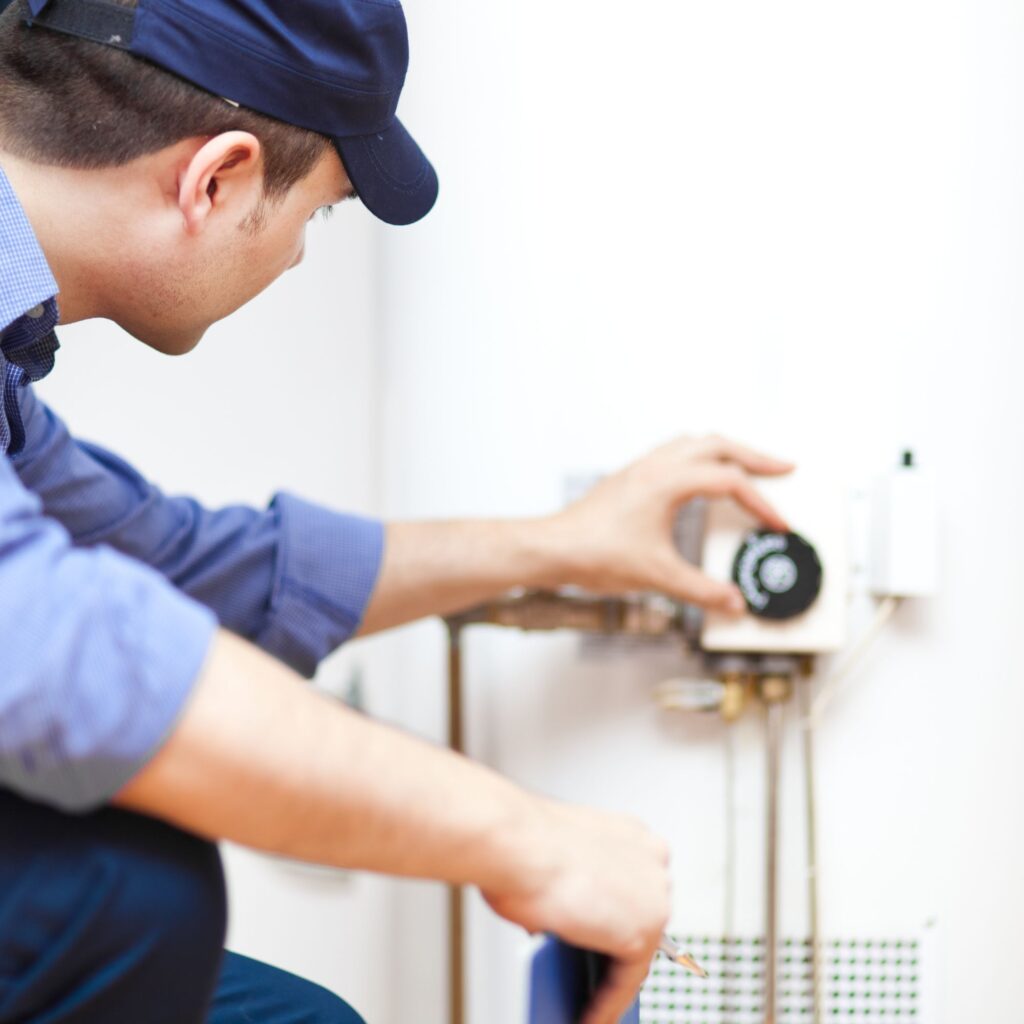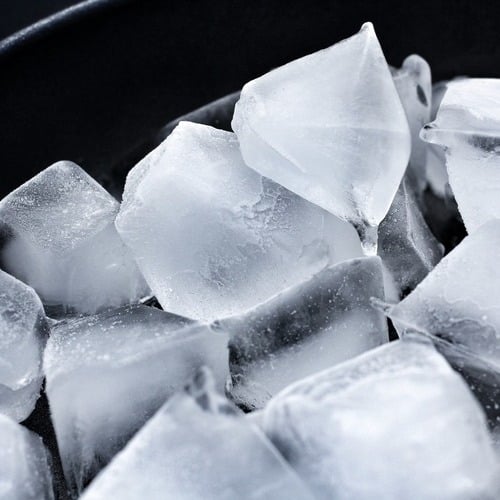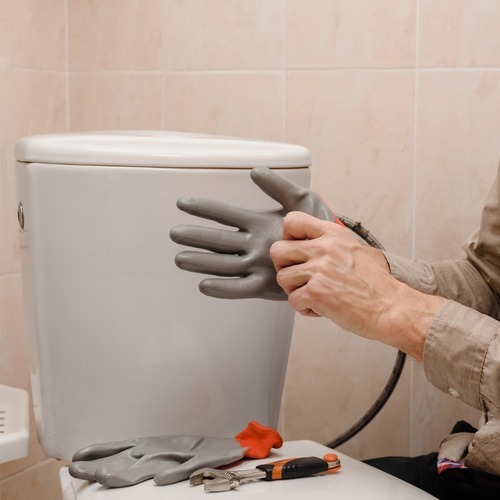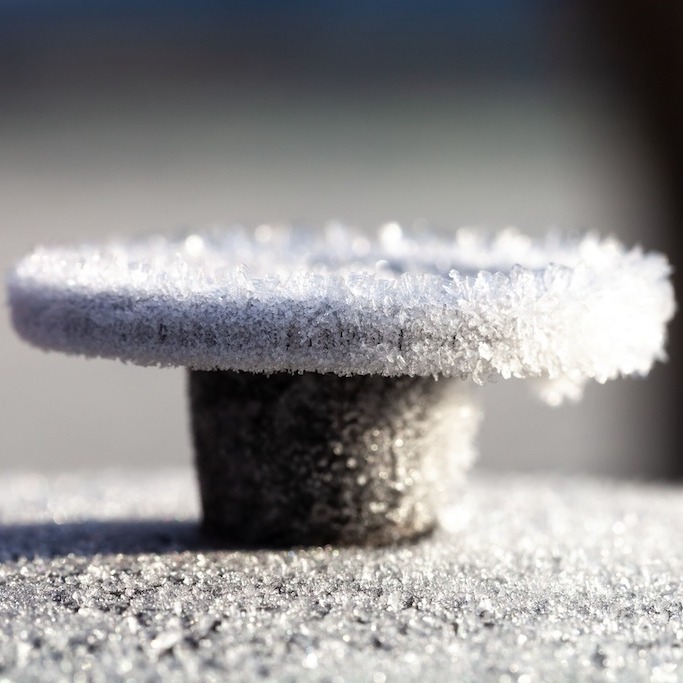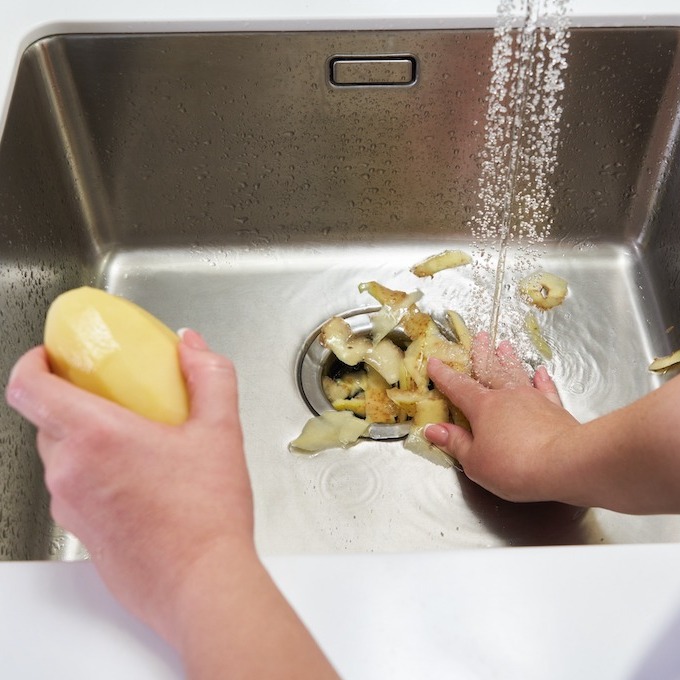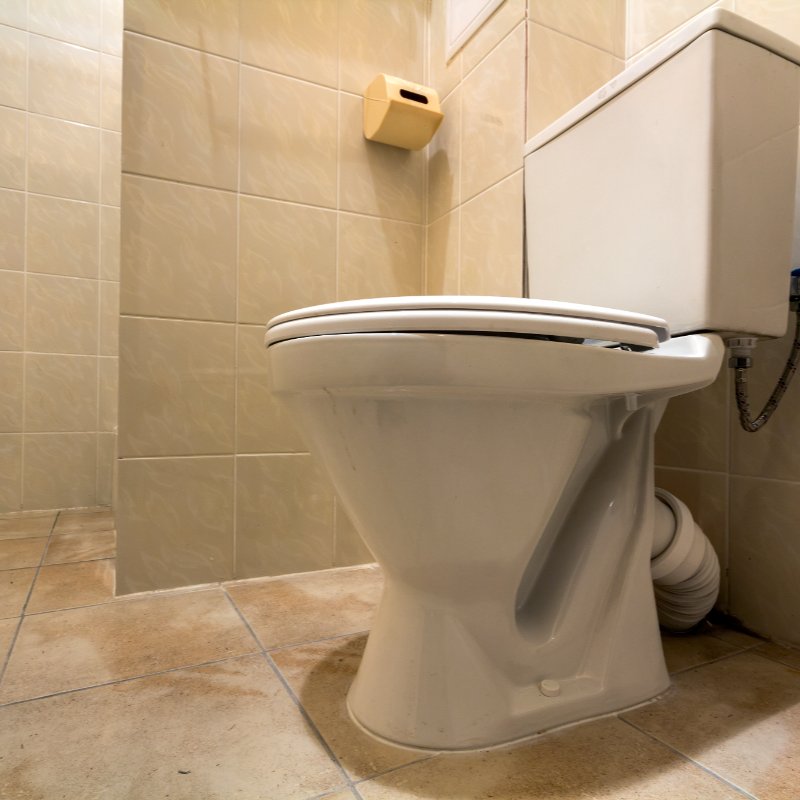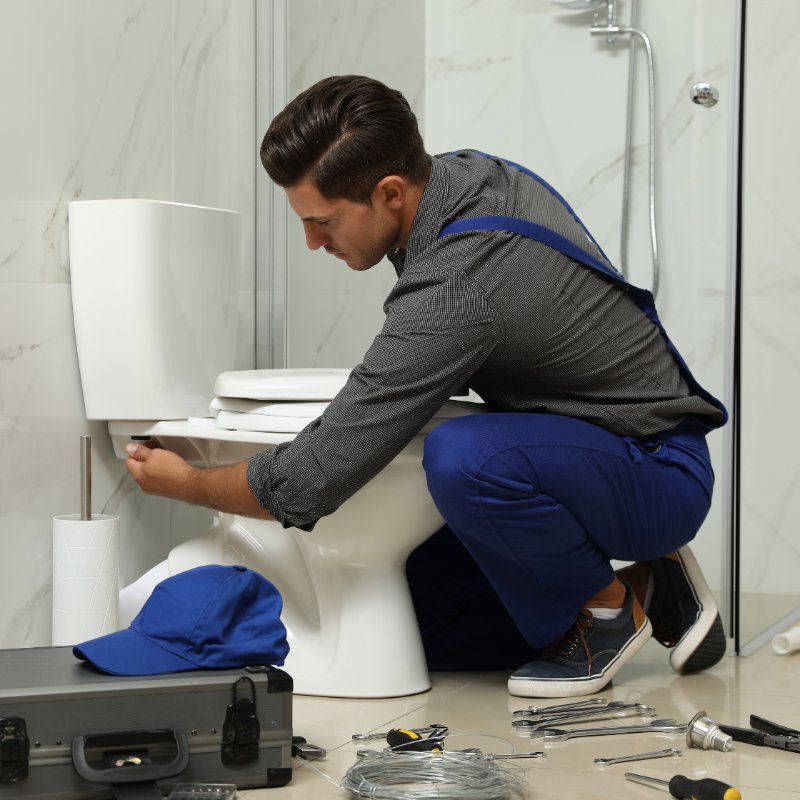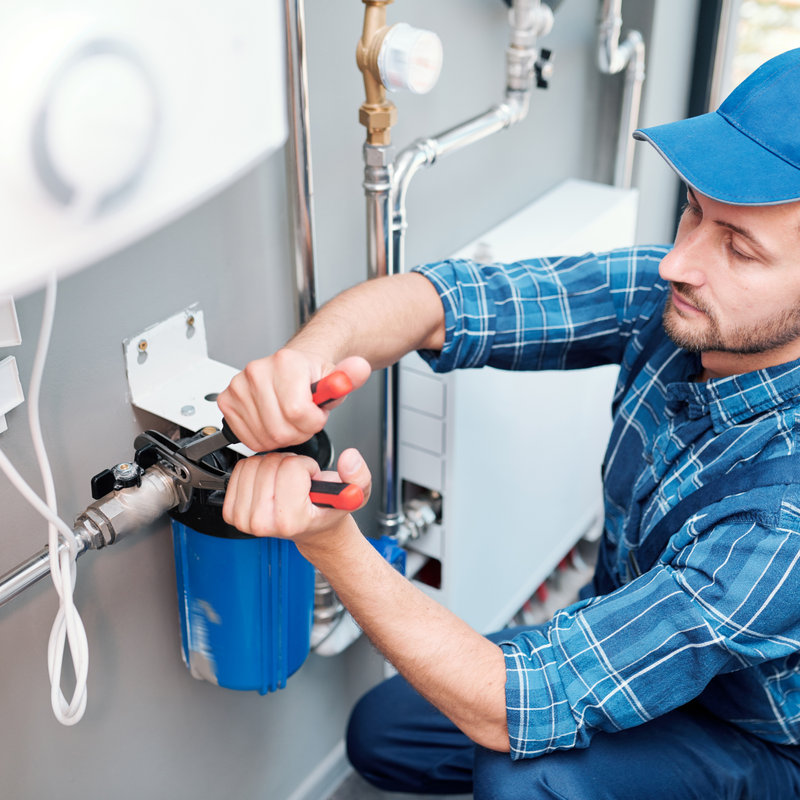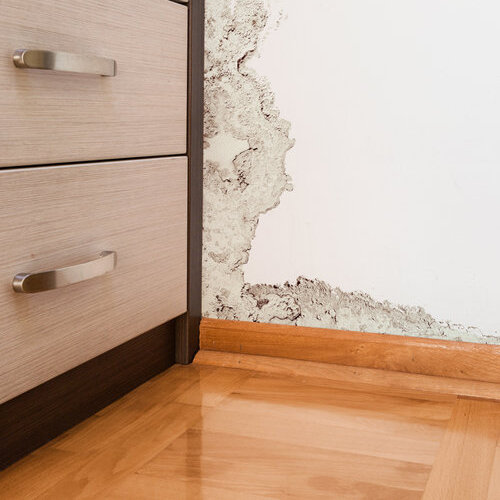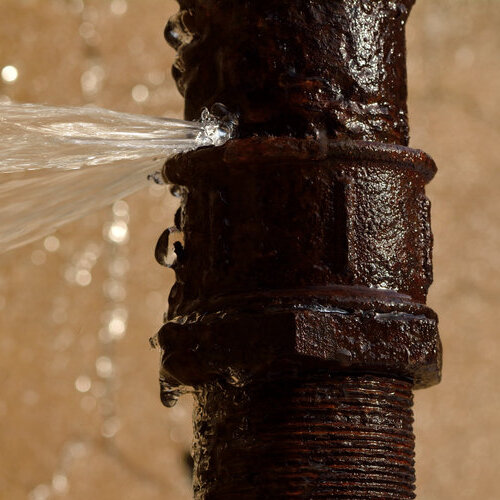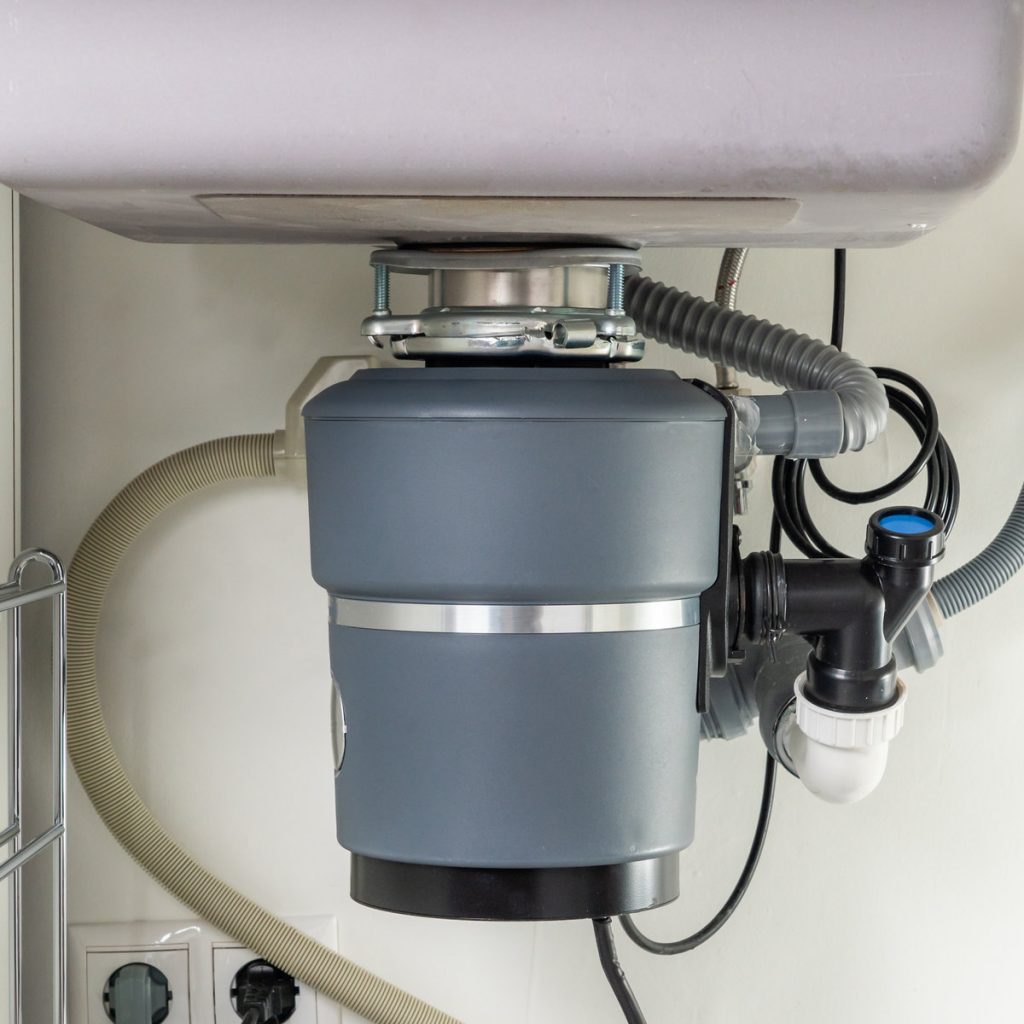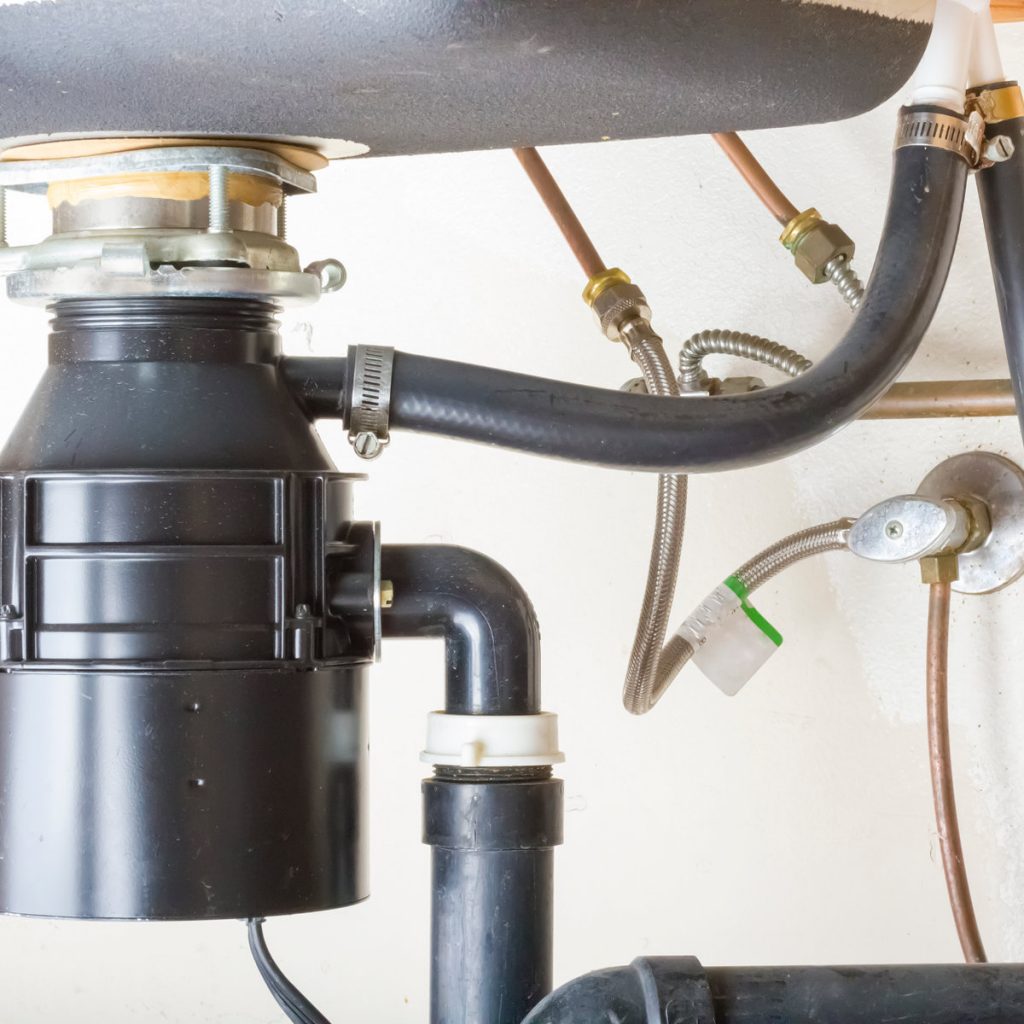
What is a Sewage Pump?
Sewage pumps are essential components in wastewater management systems, designed to transport sewage and effluent from low-lying areas to higher elevations, where it can be processed or discharged into sewer systems. These pumps are commonly used in residential, commercial, and industrial applications, and when problems occur with sewage pumps you can experience many different issues, making it important to have access to sewage pump repair from skilled professionals such as the team at Grateful Plumber. We’re here today to answer some of the most common questions homeowners and business owners have about sewage pumps, including questions about why your sewage pump may not be working the way it should be.
What are the Signs I Need Sewage Pump Repair?
It’s always important to ensure you are getting sewage pump repair as quickly as possible whenever a problem arises. Fortunately, there are many things you can watch out for that can indicate you require service. Signs that can indicate a sewage pump repair may be needed include:
- Unusual Noises: Grinding, whining, or other abnormal sounds can signal mechanical issues or debris in the pump.
- Frequent Cycling: If the pump turns on and off more frequently than usual, it could be due to a malfunctioning float switch or a problem with the electrical components.
- Inefficient Pumping: Reduced performance or inability to pump sewage effectively may indicate blockages, impeller damage, or motor problems.
- Bad Odors: Persistent foul smells around the pump area can be a sign of leaks or improper sewage handling.
- Visible Leaks: Any signs of leaking water or sewage around the pump indicate potential seal or connection issues.
- Power Issues: If the pump frequently loses power or fails to start, it could be due to electrical problems or motor failure.
- Alarm Activation: Many sewage pumps have alarms that alert users to high water levels or other issues, indicating a need for immediate attention.
If any of these signs are observed, it’s important to address them promptly to prevent further damage and ensure the system continues to operate efficiently.
What Should I Do in Case of Sewage Pump Failure or Overflow?
In the event of a sewage pump failure, prompt action and safety precautions are crucial. First and foremost, prioritize safety by turning off the power supply to avoid electrical hazards, and if necessary, wear protective gear. Assess the situation by identifying the cause of the failure, whether it’s a power outage, mechanical malfunction, or blockage. Check the power supply and attempt a reset if applicable, but be cautious not to exacerbate the issue. Inspect the pump and sewage lines for any visible damage or obstructions, and attempt to clear them if safe to do so. If you’re unable to resolve the problem on your own, it’s always crucial that you contact a licensed plumber or sewage pump technician promptly to address the issue by providing sewage pump repair or any other necessary services, such as a sewage pump replacement if needed.
How Often Should a Sewage Pump Be Maintained or Serviced?
A sewage pump should be maintained or serviced at least once a year to ensure optimal performance and longevity. However, more frequent inspections and maintenance may be necessary if the pump is used heavily or in demanding conditions. Regular maintenance includes checking for blockages, inspecting and cleaning the pump and float switches, ensuring that the ventilation is adequate, and looking for signs of wear or damage.
Periodic professional servicing can also help identify potential issues early and prevent costly repairs or failures. By adhering to a consistent maintenance schedule, homeowners and facility managers can ensure the reliable operation of their sewage pumps. You can often prevent the need for more frequent sewage pump repairs by ensuring you are getting maintenance on a regular basis.
What is the Expected Lifespan of a Sewage Pump?
The expected lifespan of a sewage pump typically ranges from 7 to 15 years, depending on various factors such as the quality of the pump, the frequency of use, and the conditions in which it operates, though high-quality pumps, when properly maintained, can reach or even exceed the upper end of this range. Regular maintenance, including inspecting for blockages, ensuring proper ventilation, and checking for signs of wear or damage, is crucial to extending the pump’s operational life.
Additionally, the type of materials the pump handles, such as solids and corrosive substances, can also impact its longevity. Investing in a reliable pump and adhering to a strict maintenance schedule can significantly enhance its durability and performance. While it’s always a good idea to reach out for sewage pump repair, it’s always important to remember that you may require sewage pump replacement if your pump has reached the end of its overall lifespan.
Whatever the issue, our team can provide you with the assistance you need. When you’re looking for help with services such as sewage pump repair in Indianapolis, IN or any nearby cities, just reach out to us – call today at 317-677-4918.

